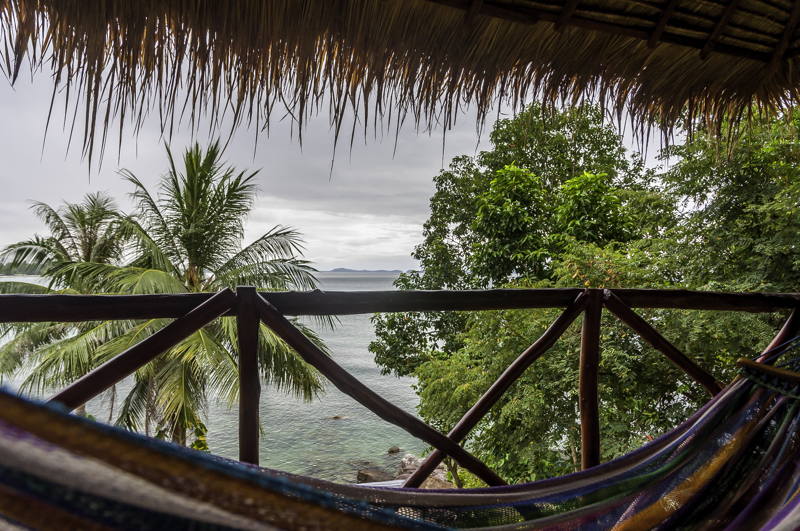PISM v0.7.1 was released 30 June 2015. In addition to bug fixes this version adds support for PETSc 3.6.1, which was released 22 July 2015.
PETSc 3.6 was released on June 9, 2016. We are currently working on making PISM compatible with PETSc 3.6 and will announce it here as soon as possible.
This release has substantial changes to the code base, but users will not see large differences. The goal of most code changes is to improve maintainability, and our speed in fixing bugs and adding features, so we ask users to update from v0.6 unless they have a good reason against it.
At the AGU Fall Meeting 2014, PISM simulations and results were featured in a number of posters and oral presentations.
